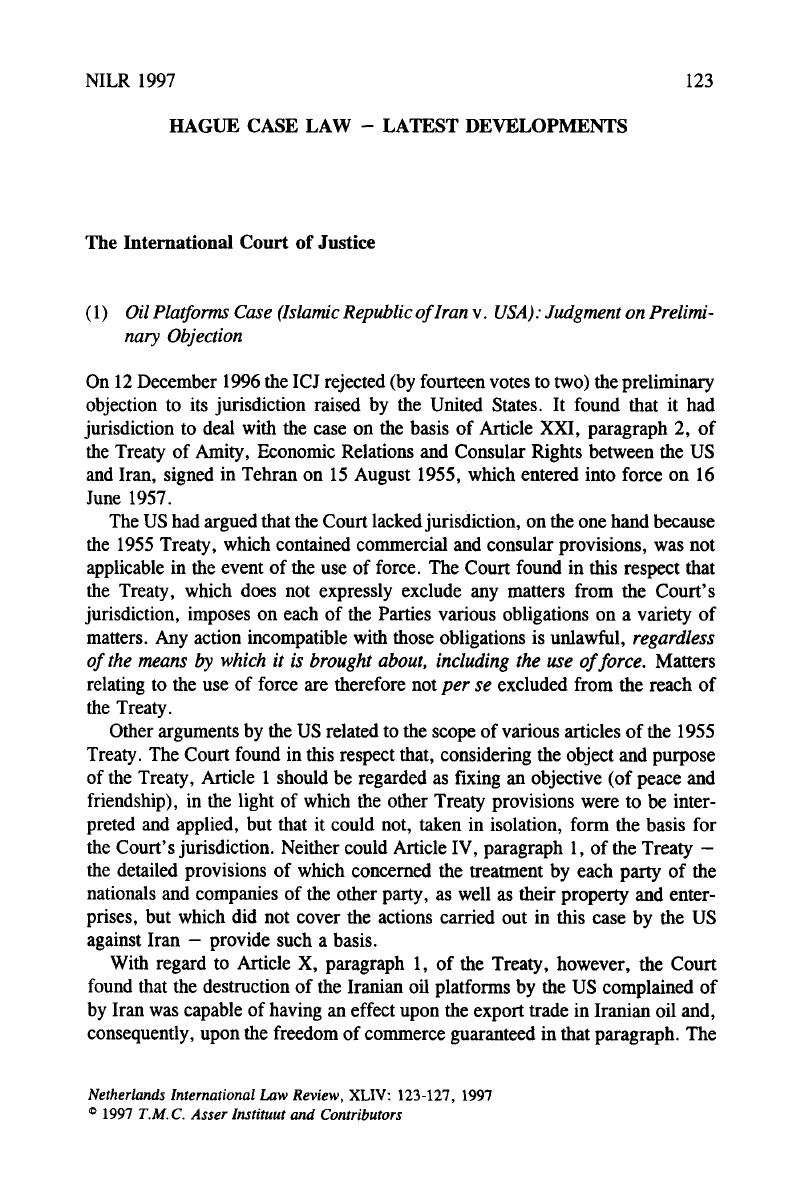No CrossRef data available.
Published online by Cambridge University Press: 21 May 2009

1. The concept of command responsibility can be traced back to at least 500 BC, when Sun Tzu referred to it in his The Art of War. In 1625 Hugo Grotius recognised the principle in his De Jure Belli Ac Pacis Libri Tres. It is alluded to indirectly in the 1907 Hague Conventions and the 1929 Red Cross Conventions and was clearly set out in the Treaty of Versailles. Direct command responsibility was recognised in the Nuremberg and Tokyo Charters. Up until the Second World War, however, most of the focus was on the responsibility of commanders for issuing illegal orders which were carried out by subordinates. The Nuremberg Charter, for example, does not refer to responsibility for omission. It was not until the Yamashita case (heard by a US Military Commission in Manila at the end of the Second World War) that command responsibility for failure to act received its first consideration. Other important cases of command responsibility for failure to act followed in the Military Tribunal for the Far East and the Nuremberg Subsequent Proceedings before US military tribunals (e.g., the Hostage and High Command cases).
It was not until 1977 that command responsibility was formally codified in Protocol I additional to the Geneva Conventions. Its Arts. 86 and 87 enumerate the responsibility of commanders in cases where they fail to act and their positive duties respectively. Art. 7(3) of the Tribunal's Statute is clearly based on Art. 86(2) of Protocol I.
2. See 43 NILR (1996) p. 286 fn. 1.Google Scholar